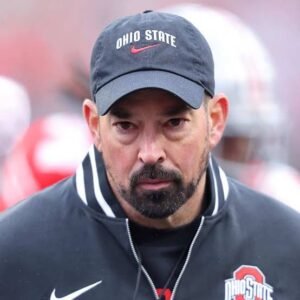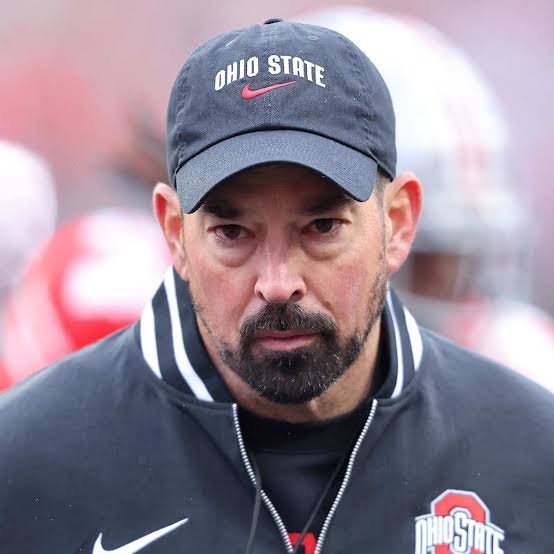Ohio State Buckeyes head coach is facing growing pressure after two consecutive seasons that fell short of the program’s lofty expectations. The team’s much-anticipated SEC debut, which was supposed to be a statement of dominance, instead ended in disappointment, leaving fans and analysts questioning the program’s direction. For a program historically accustomed to contending for championships, the recent performances have been met with mounting frustration, both within the fan base and among the university’s leadership.

The coach, who secured a lucrative six-year, $51 million contract extension, was initially seen as the long-term answer to maintaining Ohio State’s competitive edge on the national stage. However, the investment has yet to yield the expected return. Critics argue that the team has struggled to maintain consistency, often showing flashes of brilliance followed by inexplicable lapses in execution. These inconsistencies have been especially glaring against top-ranked opponents, where the Buckeyes have frequently come up short.
In an attempt to revitalize the program, the head coach brought in former NFL executive Jim Nagy to bolster the team’s scouting, recruitment, and overall strategic approach. The move was seen as a bold and innovative step, designed to give the Buckeyes a competitive advantage in identifying and developing talent. Yet, despite Nagy’s respected track record, the results on the field have not reflected the ambitious changes taking place behind the scenes.

The scrutiny has only intensified as rival programs in the SEC and beyond have made visible strides, outpacing the Buckeyes in key areas such as offensive efficiency, defensive adaptability, and postseason success. The SEC debut, which was intended to mark Ohio State’s arrival as a force in the conference, instead highlighted gaps in roster depth and game-day adjustments. The inability to close out big games has been a recurring theme, fueling speculation about whether the current coaching staff can deliver on the program’s high expectations.
Pressure from boosters, alumni, and an increasingly vocal fan base has reached a boiling point. For many, the standard at Ohio State is not just winning but competing for—and securing—national titles. Anything less is seen as a failure to uphold the program’s storied legacy. The coach’s future now hinges on delivering immediate and tangible improvements, both in the win column and in the program’s overall trajectory.

As the new season approaches, the stakes could not be higher. The coach will need to prove that the investment in his leadership and the strategic additions to his staff were not misplaced. With the spotlight brighter than ever and patience wearing thin, the coming months will determine whether he can weather the storm and restore the Buckeyes to their place among college football’s elite—or whether the university will be forced to consider a change at the top.
